How to save tomato seeds for planting: 3 simple steps for a cheap crop
Boost your harvest for free by learning how to save tomato seeds


Have you ever wondered how to save tomato seeds? It's surprisingly simple and well worth a try if you're a fan of gardening on a budget.
Most of us love using this versatile ingredient in the kitchen – for salads, sandwiches, and sauces – and growing tomatoes is easy once you know how. So, if you've been enjoying a crop of delicious toms this , why not harvest some of the seeds for sowing, instead of buying new packets next year?
It doesn't take long, and is a fun activity for adults and children alike. We explain how to do it.
How to save tomato seeds in 3 simple steps
Whether growing this tasty crop in raised beds in your kitchen garden or in patio pots, with these tips, you can get another harvest next year, for free.
1. Extract the seeds from your chosen tomato
First, you'll need to select your tomato to take seeds from. Go for a variety that you love, and be sure to pick the healthiest one you can find, free of pest damage or disease. Using seeds from hybrid tomatoes (usually found in supermarkets) will often result in new tomatoes that are different from the original one. If you want to avoid this, stick to open-pollinated or heirloom varieties.
Next, you need to scrape the seeds into a pot of water and begin a process known as fermentation. Use different pots for different varieties, labeling each.
'Leave them for five days to turn moldy,' says Ruth Hayes of Amateur Gardening. This helps remove their slippery coating that can reduce successful germination, she explains.
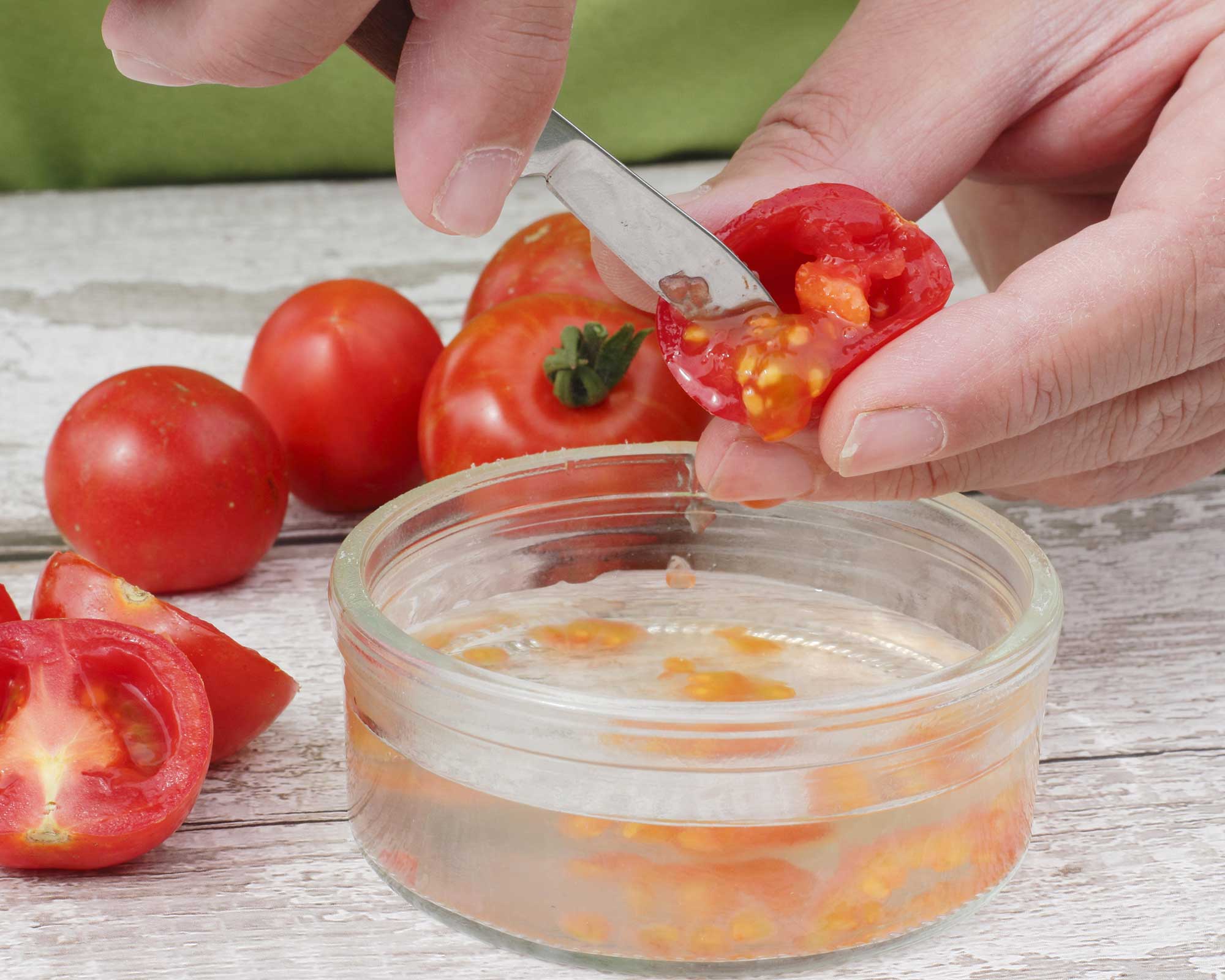
2. Rinse the seeds and leave to dry
'After five days, rinse the seeds well in a sieve with running water to remove the mold,' Ruth continues.
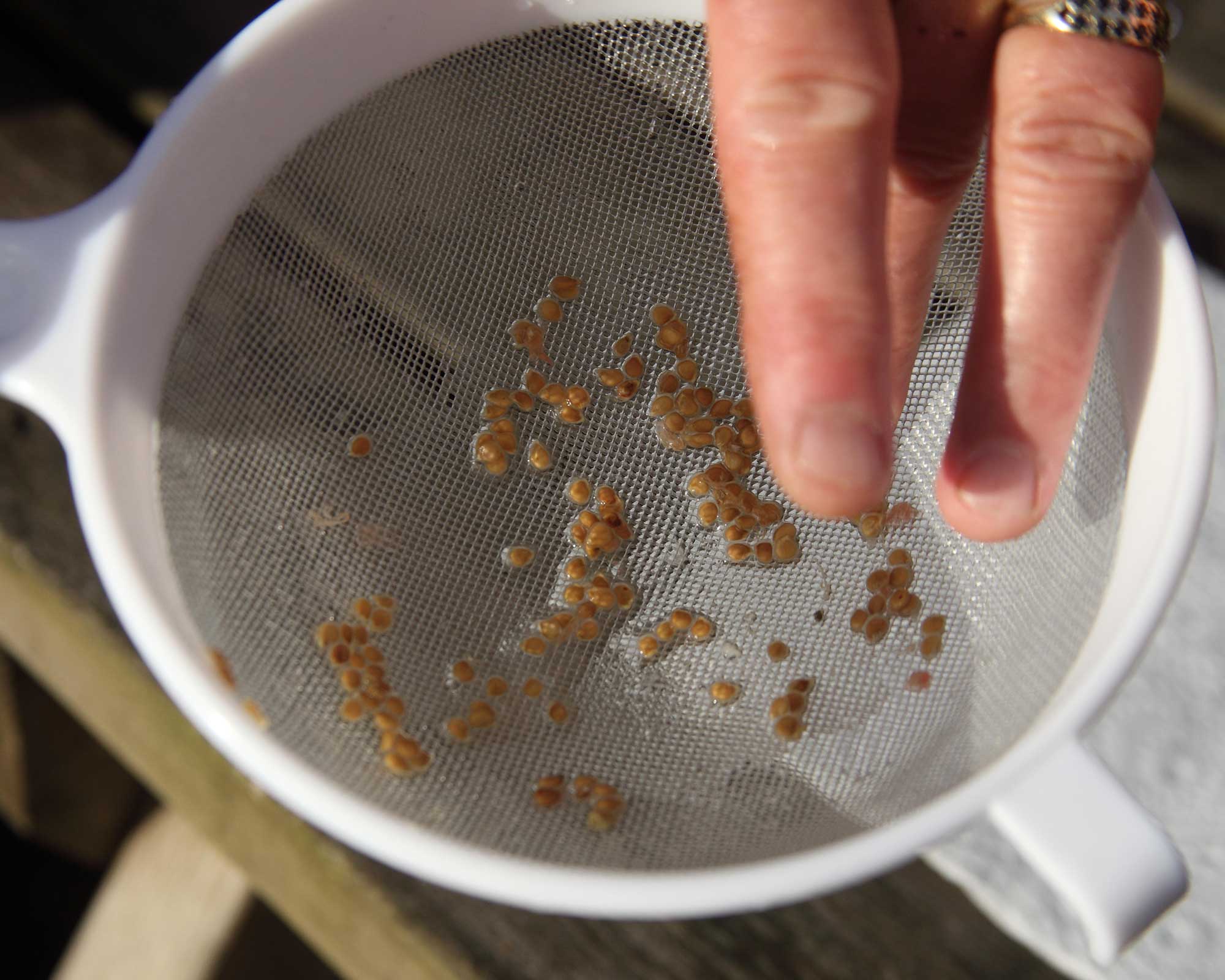
Then, lay the seeds on kitchen roll to dry. If you've used different varieties, remember to keep them separate and labeled.
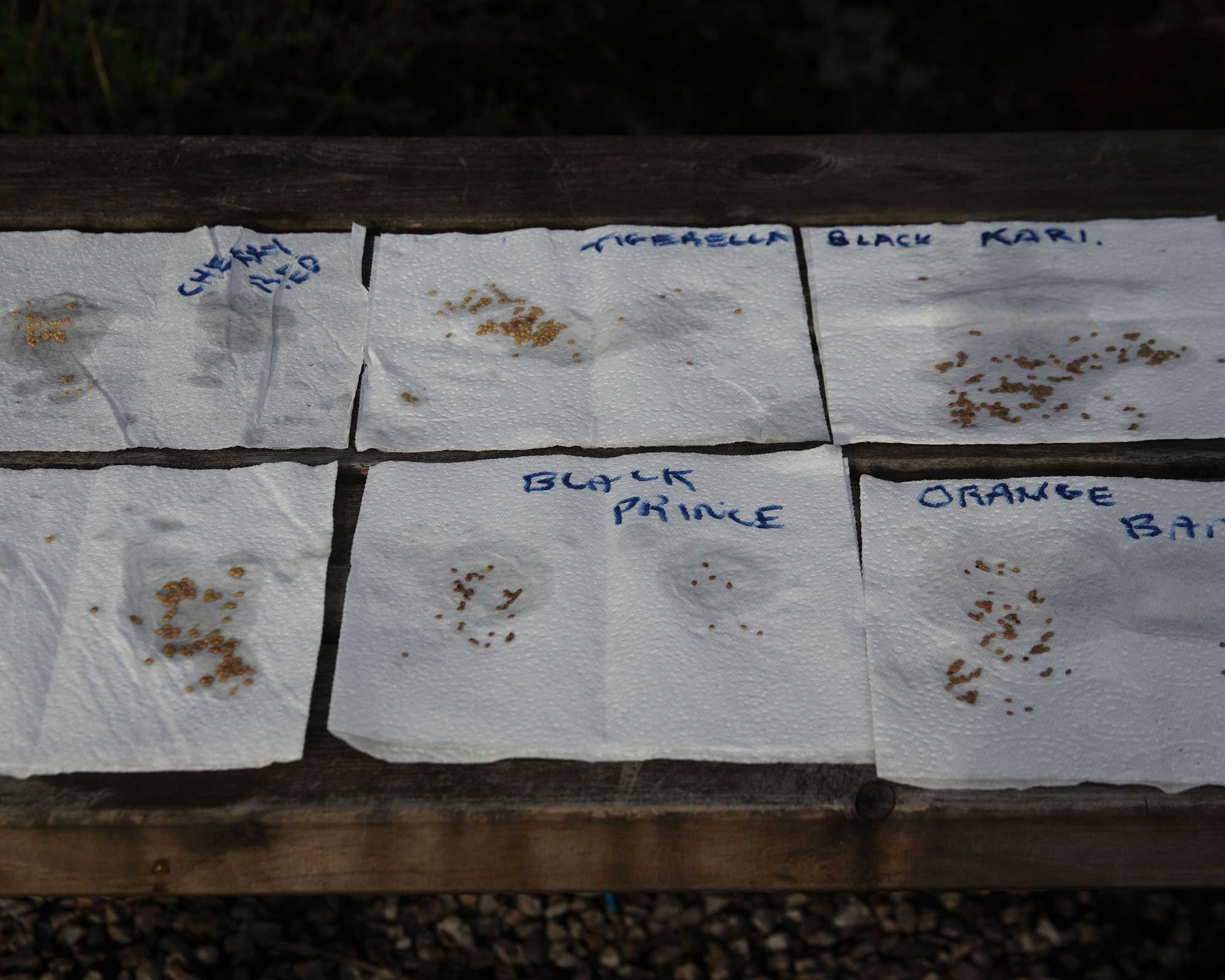
3. Store them safely until ready to plant
Once the seeds are dry – usually after around a week – you can store them. Simply pop them in labeled envelopes somewhere cool and dry, ready for sowing in spring. If you forget, they should still be viable for sowing the following year.
Once you've mastered how to save tomato seeds, why not try some other crops? You can also learn how to harvest strawberry seeds and how to save pumpkin seeds with our guides.
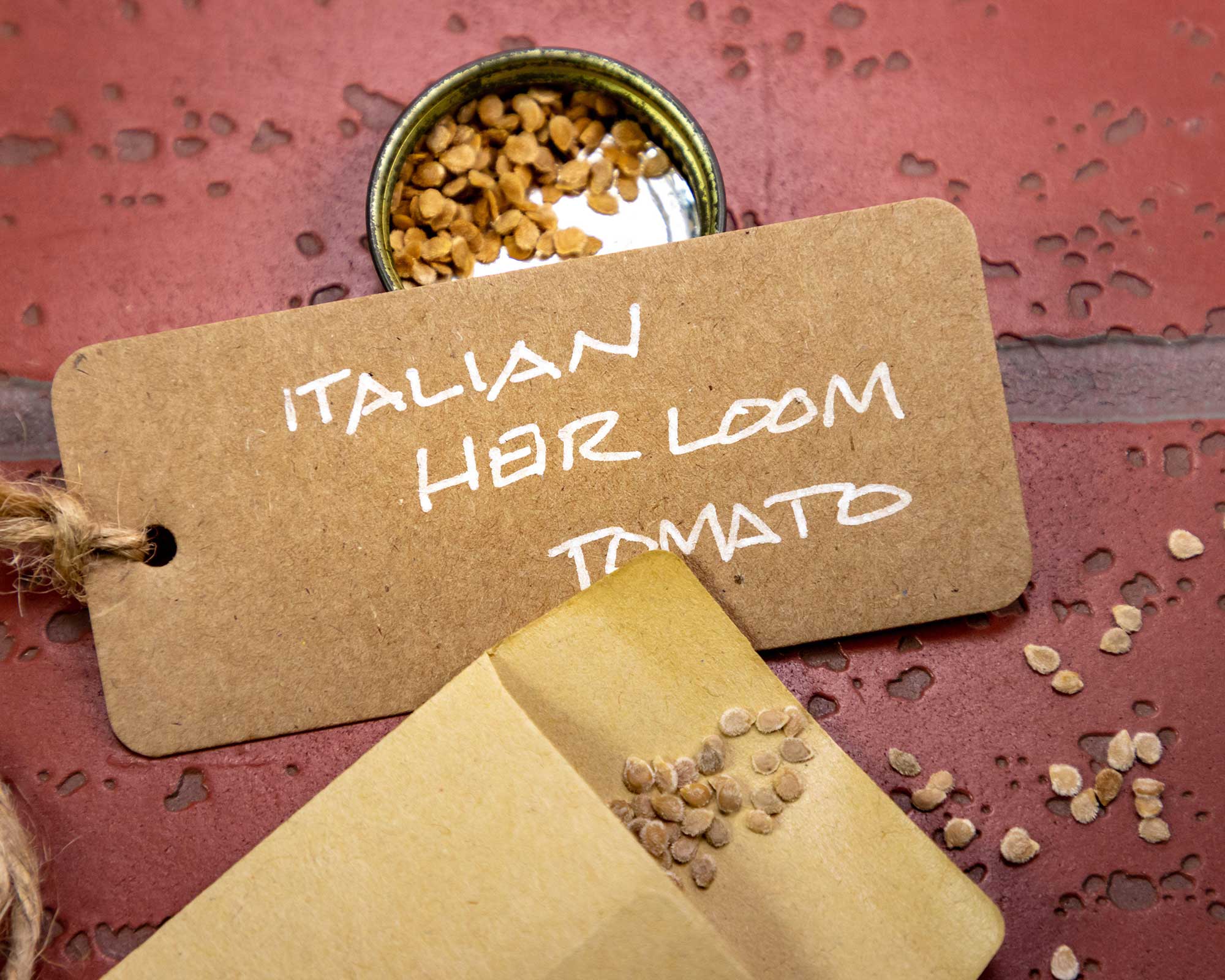
Can you plant a whole tomato?
You may have heard of the gardening hack of planting an entire tomato. Technically, it is possible to get new plants this way, but it isn't the best approach.
Any seedlings that appear are likely to be very close together and difficult to transplant. What's more, you won't be removing the coating of each seed, which is susceptible to harboring disease and bacteria.
Planting slices of tomato can be slightly more successful, as the seeds will be more evenly distributed. Even so, trying out this hack is definitely a gamble. If you fancy experimenting, give it a go, just bear in mind that following the tips on saving tomato seeds above are less likely to result in disappointment.
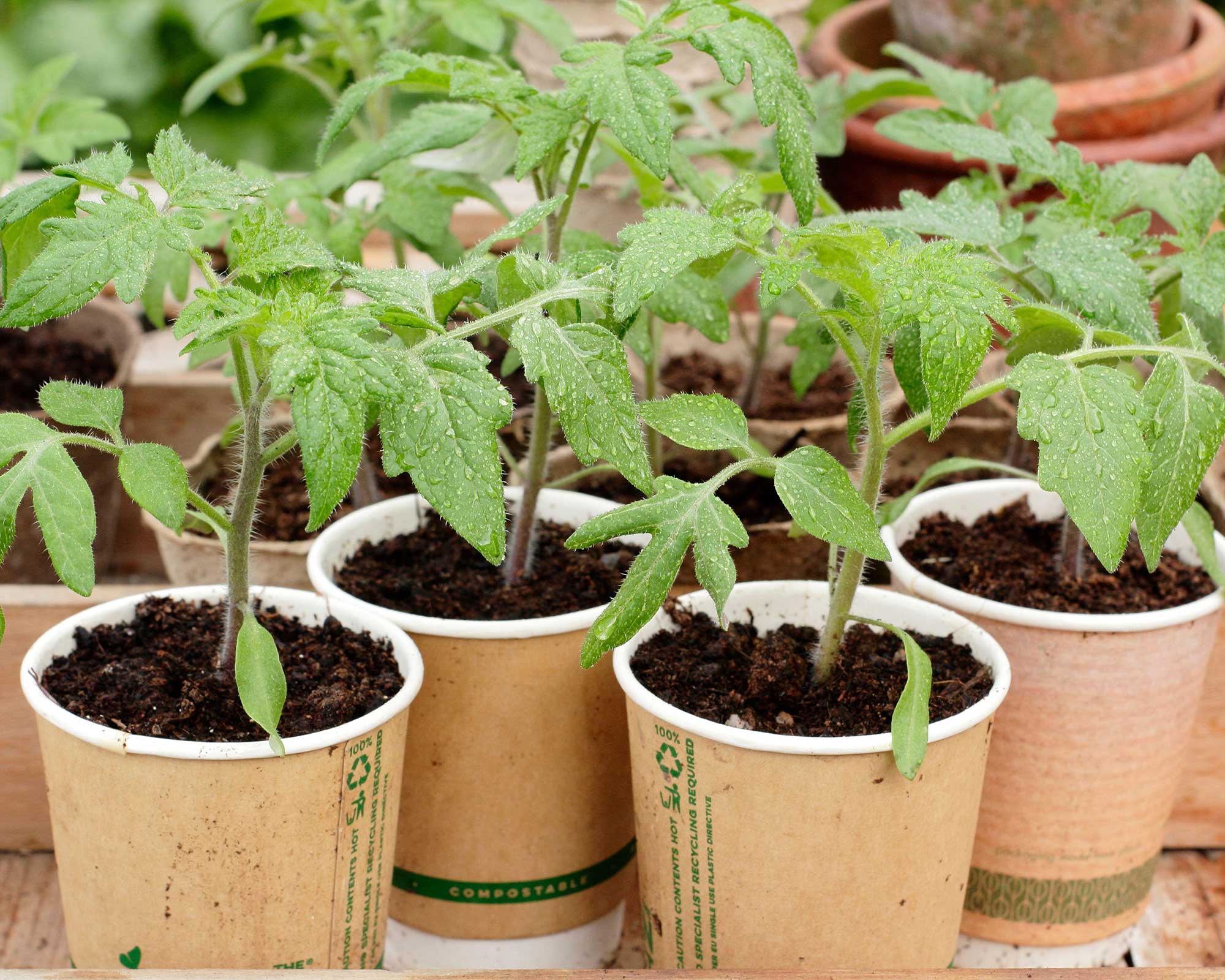

The garden was always a big part of Holly's life growing up, as was the surrounding New Forest where she lived. Her appreciation for the great outdoors has only grown since then. She's been an allotment keeper, a professional gardener, and a botanical illustrator – plants are her passion.
